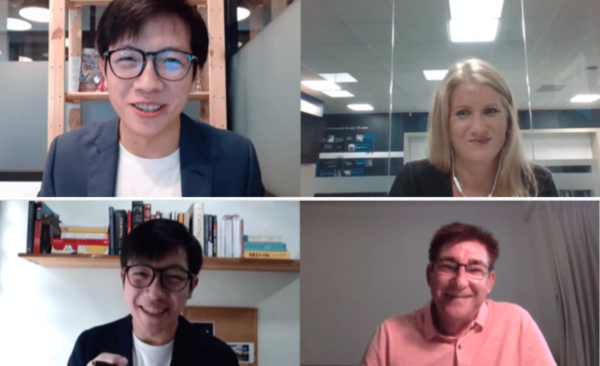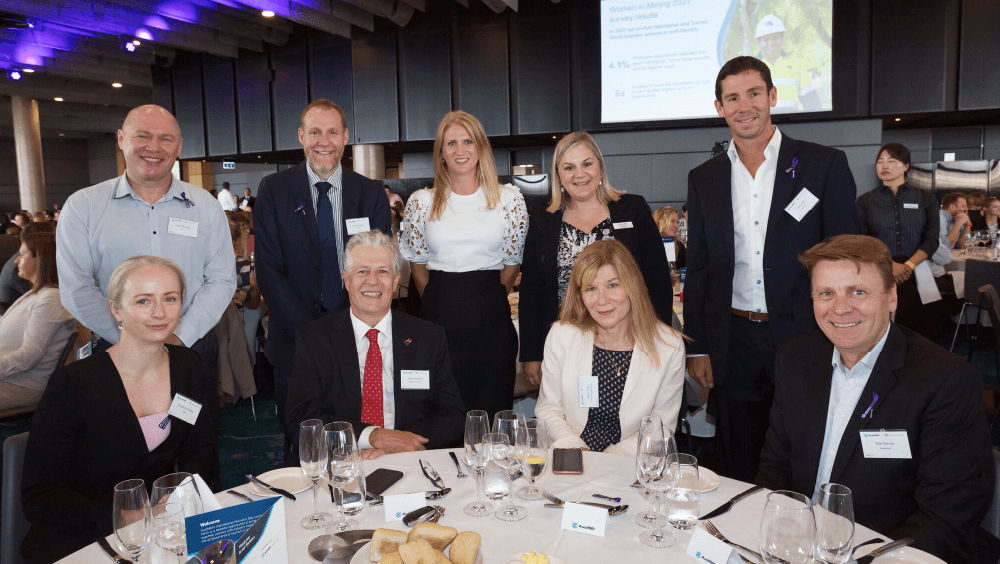As the industry continues to experiment and adapt to the disruptions brought forth by the pandemic, we spoke with Kirsty Grimwade, Head of Events at AusIMM and Len Augustine, APJ Head of Portfolio, Ecosystem & Digital Marketing at SAP, to find out what pitfalls and challenges they are facing and the steps they took to overcome them. Read on for a round-up of the top tips and key learnings shared during two PCMA APAC Customer Deep Dive sessions.
#1 Hybrid events are here to stay
Aligning with the recently released APAC Dashboard Survey that shows a desire for face-to-face interaction, Kirsty states that, “people are willing to get on a plane and travel. For our International Women’s Day Event Series, a state had seen an 80% rise in

Kristy Grimwade, Head of Events, Industry Relationships and Operational Projects at AusIMM.
delegate numbers this year!”. However, Kirsty believes that hybrid events are not just placeholders for events occurring in the pandemic but the future of events. “To feature the best leaders, I might not want to fly a CEO all the way to Australia for a 5 to 20 minutes presentation, but I can get them to speak online and interact while face-to-face continues.”
#2 Hybrid events create opportunities for curated content
As regional events move from a physical to digital formats, the single congregational point is decentralised into world-wide audiences. This inevitably leads to issues arising such as time-zone challenges. However, it also creates an opportunity for curated content rather than a one-fits-all event. Len explains that for the global event SAPPHIRE NOW, the event was segmented regionally, then according to time zone and thereafter into different specific audiences. “For both Korea and Japan, we don’t want to just take hours of English content and put in subtitles. So, we took the best content, played it in snippets with subtitles while local experts in panels talk about it in the country’s context.”
#3 Evaluate if your virtual platforms meet your needs
In the past year an overwhelming number of virtual platforms have emerged. With the multitude of functions and capabilities, every event planner likely had this thought “which platform should I use?” Well, what do you need?

Len Augustine, APJ Head of Portfolio, Ecosystem & Digital Marketing at SAP.
For Kirsty who runs events for a non-profit association her priority was for it to be resourceful and integrated with pre-existing systems in her organization. “We were looking at platforms that my team could use immediately and deliver for our events,” Kirsty shared. For global events, Len places an emphasis on scalability. In the previous SAPPHIRE NOW, a lot of interactivity and experience was lost due to technical issues that occurred on the week of execution. Len shared his compromise between ‘nice to haves’ versus actual usability. “With a bit of soul searching, we ditched the internal platform and went out to find the most scalable thing.” Bonus: In a recent APAC DES Course Expert Hour, Justin Choy shared that trust is an important factor in considering virtual platforms as well.
#4 Platform orientation is essential for an engaging experience
Getting the right platform is not enough if only you know how to use it. Kirsty says what really boosted the engagement of her events was to host several webinars on the online platform for her sponsors and exhibitors to show them tips and tricks on how to reach out and connect to delegates. Furthermore, to encourage interaction between face-to-face and online attendees they are looking to host a digital only welcome reception the day before to familiarize the delegates.
#5 Sell the event’s value not the price
Online events must be heavily discounted as compared to traditional event formats with all the physical amenities we enjoy, right? Perhaps not. Kirsty shares that, “you are still getting the technical content, professional development and networking opportunities. You must sell your value proposition and ensure that your online delegates understand what they can receive.” In fact, Kirsty argues that with the online component, a bigger and wider reach is enabled for the event.
#6 Have backup plans and a backup to the backup plans
For a recent International Women’s Day event that occurred through 5 cities in Australia, Kirsty and her emcee had to travel to each city and were borders to shut, she “had a backup emcee and event manager briefed in place.” Even contingency plans get thrown out by unseen circumstances, making the case for additional systems and plans to ensure that the event goes smoothly.

Philip Pang, Manager, Marketing & Events at PCMA leads the Customer Deep Dive Series. Keep an eye on pcma.org/apac to join the next one!
#7 Build your office with collaboration in mind
Someday when the coronavirus relents, we might be able to head back into our offices at full strength. However, things might not work the same way anymore. More than ever, the pandemic had revealed to us the necessity of collaboration and the office becomes more than just a location to work. Len shares that SAP’s refurbishment of the office, “was already redesigned to be more collaborative, but with COVID, we went to redesign it to include even more collaborative workspace.”
Want more? Sign up now to become a member of PCMA and get an all-access pass to a wealth of resources, events and to be connected to an established global network of business event professionals.


